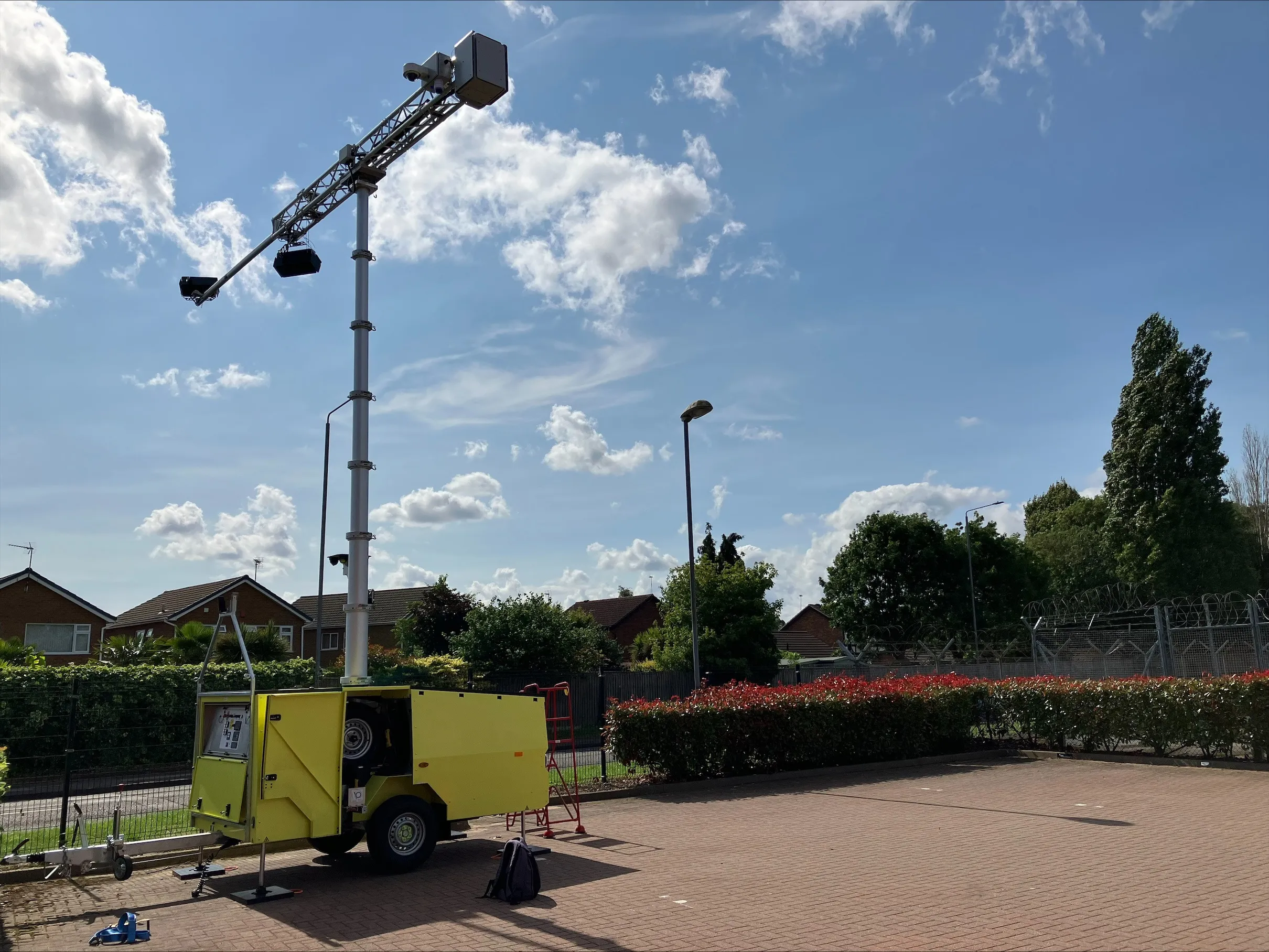The London Borough of Redbridge is using the first unattended CCTV enforcement system for moving traffic offences in the UK. The pilot system, supplied by UK company Videalert, has been operational at four locations to monitor a range of moving traffic offences since November 2013. They include one restricted access, one yellow box junction and two banned turns.
The system automates the detection and capture of the moving traffic offences and provides efficient post review and validation processing of
February 17, 2014
Read time: 2 mins
The London Borough of Redbridge is using the first unattended CCTV enforcement system for moving traffic offences in the UK. The pilot system, supplied by UK company 7513 Videalert, has been operational at four locations to monitor a range of moving traffic offences since November 2013. They include one restricted access, one yellow box junction and two banned turns.
The system automates the detection and capture of the moving traffic offences and provides efficient post review and validation processing of the evidence data before automatic posting to the back office system that issues the PCNs. It enables users to successfully track moving objects, particularly multiple vehicles in normal busy traffic environments, using existing axis megapixel cameras at each remote location to capture the offence data and transmit the evidence files back to a central location for review via a 3G service and broadband connection.
The Videalert system, which was contracted through OpenView, London Borough of Redbridge’s incumbent CCTV contractor, has been installed using an innovative capital expenditure neutral model, whereby all costs are recovered through the issue of penalty charge notices (PCNs).
According to David Richmond, CEO of Videalert: “This new system combines video analytics and ANPR detection to capture more offences than can be achieved by traditional legacy solutions and will deliver a higher return on investment and compliance whilst increasing road safety wherever it is deployed.”
The system automates the detection and capture of the moving traffic offences and provides efficient post review and validation processing of the evidence data before automatic posting to the back office system that issues the PCNs. It enables users to successfully track moving objects, particularly multiple vehicles in normal busy traffic environments, using existing axis megapixel cameras at each remote location to capture the offence data and transmit the evidence files back to a central location for review via a 3G service and broadband connection.
The Videalert system, which was contracted through OpenView, London Borough of Redbridge’s incumbent CCTV contractor, has been installed using an innovative capital expenditure neutral model, whereby all costs are recovered through the issue of penalty charge notices (PCNs).
According to David Richmond, CEO of Videalert: “This new system combines video analytics and ANPR detection to capture more offences than can be achieved by traditional legacy solutions and will deliver a higher return on investment and compliance whilst increasing road safety wherever it is deployed.”










